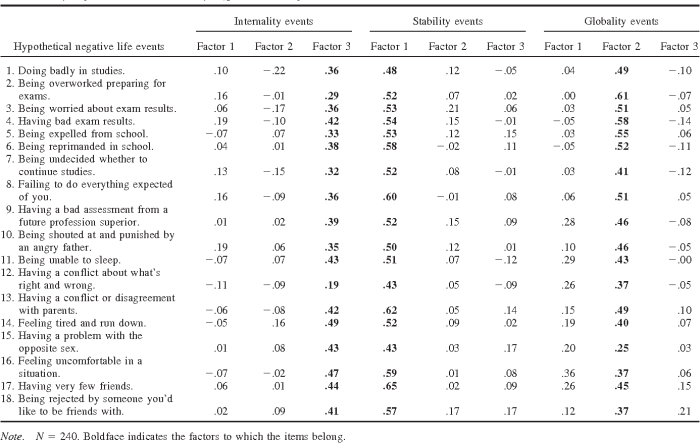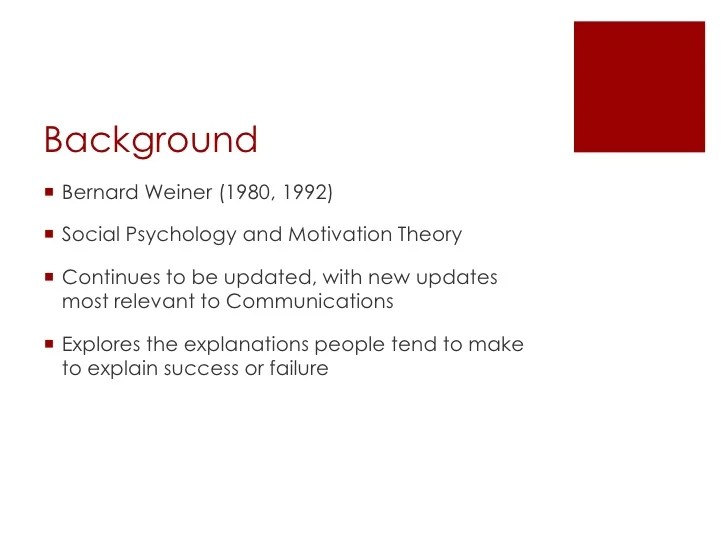Embarking on an exploration of the Theory of Attribution Worksheet Answers, this discourse delves into the intricate web of human perception and behavior. Attribution theory, a cornerstone of social psychology, provides a framework for understanding how individuals interpret and attribute causality to their actions and the actions of others.
This comprehensive guide offers a thorough examination of the theory, its key components, assessment methods, applications, and future directions.
The following sections will delve into the internal and external factors that shape attributions, examining the influence of situational contexts, cultural norms, cognitive biases, and heuristics. We will explore qualitative and quantitative techniques for measuring attributions, highlighting their respective advantages and disadvantages.
Additionally, we will present real-world examples of how attribution theory is applied in diverse fields, including psychology, sociology, and marketing, underscoring its implications for understanding social interactions and behavior.
Overview of Attribution Theory
Attribution theory is a psychological framework that explores how individuals explain the causes of their own and others’ behavior. It is a significant theory in understanding human behavior as it provides insights into how people interpret and make sense of their actions and the actions of others.
There are different types of attributions, including internal and external attributions, which impact individuals’ perceptions and subsequent actions.
Key Components of Attribution Theory

Internal and External Factors
Internal factors refer to characteristics or traits within an individual that are attributed to their behavior. External factors, on the other hand, are situational or environmental influences that are seen as causing the behavior.
Situational Factors and Cultural Norms
Situational factors, such as social context or physical environment, can shape attributions. Cultural norms and values also influence how individuals interpret behavior and make attributions.
Cognitive Biases and Heuristics
Cognitive biases and heuristics are mental shortcuts that can lead to errors in attribution. For instance, the fundamental attribution error refers to the tendency to attribute others’ behavior to internal factors while attributing one’s own behavior to external factors.
Methods for Assessing Attributions

Qualitative Methods, Theory of attribution worksheet answers
Qualitative methods, such as interviews and observations, provide in-depth insights into individuals’ attributions. They allow researchers to explore the subjective experiences and interpretations of participants.
Quantitative Methods
Quantitative methods, such as surveys and questionnaires, measure attributions on a larger scale. They provide statistical data on the frequency and patterns of attributions.
Designing a Hypothetical Study
To assess attributions in a specific context, a hypothetical study could use a mixed-methods approach. Interviews could gather qualitative data on participants’ attributions, while a survey could provide quantitative data on the prevalence of different attribution patterns.
Applications of Attribution Theory
Psychology
Attribution theory is used to understand psychological disorders, such as depression and anxiety, which can be influenced by negative attributions.
Sociology
In sociology, attribution theory is applied to study social interactions and group dynamics. It helps explain how individuals perceive and respond to the behavior of others.
Marketing
Marketers use attribution theory to understand how consumers attribute product attributes to brands. This knowledge aids in developing effective advertising campaigns.
Limitations and Future Directions: Theory Of Attribution Worksheet Answers

Limitations
Attribution theory has limitations, such as its reliance on self-report data, which can be subject to biases. Additionally, it may not fully capture the complexity of human behavior.
Future Directions
Future research directions in attribution theory include exploring the role of culture, emotions, and technology in shaping attributions. Additionally, examining the neural mechanisms underlying attribution processes could provide valuable insights.
FAQ Compilation
What are the different types of attributions?
Attributions can be internal or external, stable or unstable, and controllable or uncontrollable.
How do cultural norms influence attributions?
Cultural norms shape the way individuals perceive and interpret events, which can influence their attributions.
What are some common cognitive biases that affect attributions?
Common cognitive biases that affect attributions include the fundamental attribution error, the self-serving bias, and the actor-observer bias.